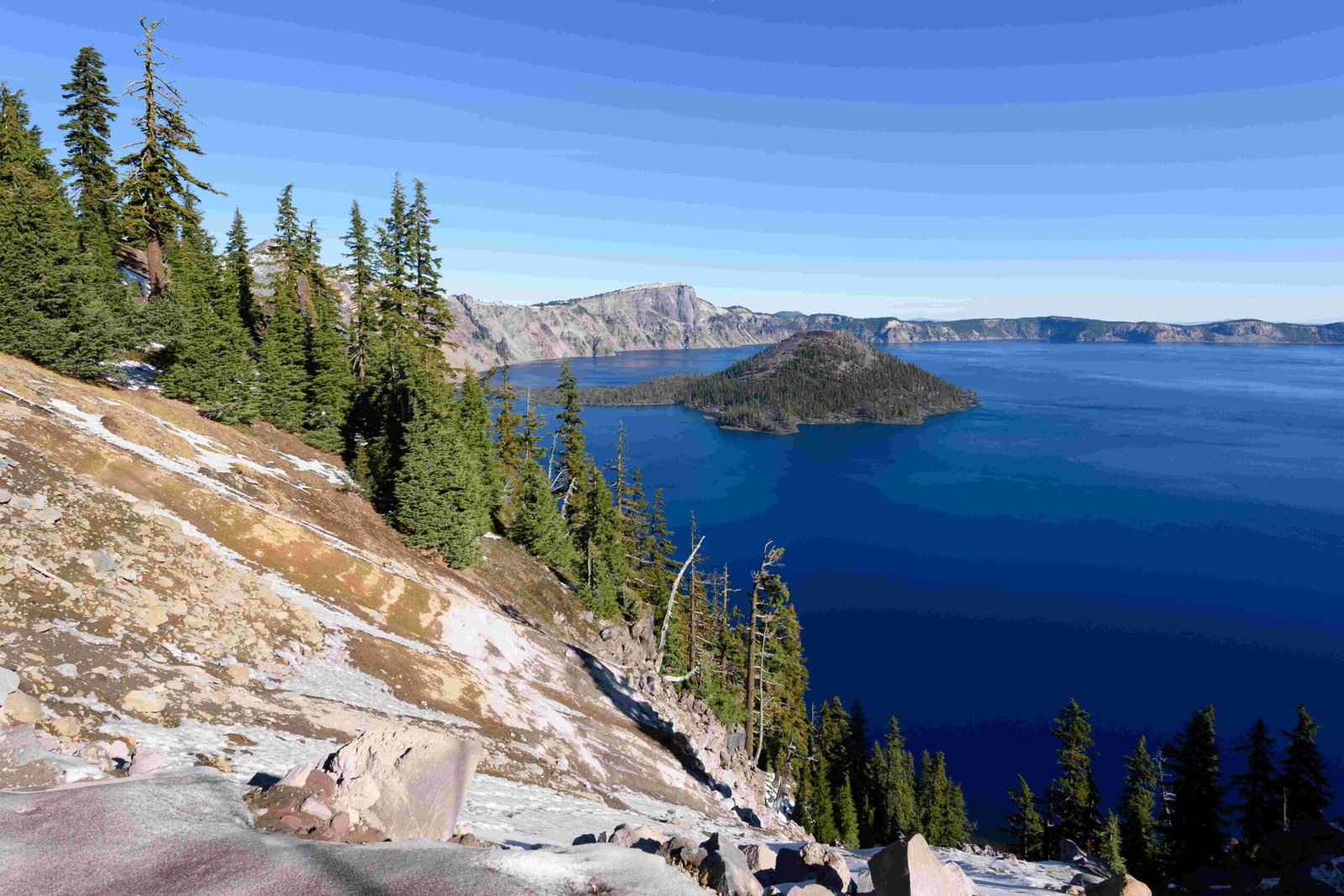Crater Lake, Oregon’s crown jewel, has a profound impact on the region’s economy, environment, and tourism industry. This deep, pristine lake, formed in the caldera of Mount Mazama, attracts hundreds of thousands of visitors annually. Its unique geological features and stunning beauty contribute significantly to local economies while posing challenges for conservation efforts. This article explores the multifaceted impact of Crater Lake on Oregon, from visitor spending to ecological considerations.
What is the Economic Impact of Crater Lake on Oregon?

Crater Lake National Park has become a significant economic driver for the surrounding region. The park’s impact on the local economy has grown substantially over the years:
- In 2001, 457,000 recreational visitors spent $30.7 million within a 100-mile radius of the park.
- This spending generated:
- $25.8 million in direct sales
- $8.6 million in personal income
- $13.0 million in value added
- 733 jobs in the region
By 2015, the economic impact had increased significantly:
- 614,712 recreational visitors
- $52,185,000 in visitor spending
- 887 jobs supported
- $71,212,400 cumulative benefit to the local economy
Recent reports indicate that the economic impact of Crater Lake and nearby parks now exceeds $80 million annually, a substantial increase from about $45 million a few years ago.
How Does Visitor Spending Break Down?
Visitor spending at Crater Lake contributes to various sectors of the local economy:
- Lodging: In 2001, the lodging sector received $10.8 million in direct sales.
- Restaurants: $6.6 million in direct sales in 2001.
- Retail: Significant contributions to local shops and stores.
- Transportation: Spending on fuel and local transportation services.
The average spending per visitor has also increased over time:
- 2001: Approximately $67 per visitor
- 2015: About $85 per visitor
What are the Environmental Impacts of Tourism at Crater Lake?

While specific data on environmental impacts is limited in the provided sources, it’s crucial to consider the potential effects of increased tourism on Crater Lake’s ecosystem:
- Water Quality: The pristine water of Crater Lake could be affected by increased human activity.
- Wildlife Habitats: Increased visitation may disrupt local wildlife patterns.
- Vegetation: Foot traffic and development could impact native plant species.
- Pollution: Increased visitors may lead to higher levels of waste and pollution.
Conservation efforts are ongoing to mitigate these potential impacts and preserve the unique ecosystem of Crater Lake.
How Does Tourism Impact Crater Lake’s Infrastructure?
The growth in tourism has necessitated developments in Crater Lake’s infrastructure:
- Lodging facilities to accommodate overnight visitors
- Restaurants and food services
- Visitor centers and educational facilities
- Transportation infrastructure
A notable development is the planned construction of a new state-of-the-art visitor center next to the current Rim Village operation, funded by Crater Lake license plate sales.
What Conservation Efforts are in Place at Crater Lake?
Conservation is a key focus at Crater Lake National Park:
- Visitor Impact Management: Strategies to minimize the environmental footprint of tourists.
- Wildlife Protection: Programs to safeguard local fauna and their habitats.
- Water Quality Preservation: Efforts to maintain the lake’s renowned clarity and purity.
- Collaborative Research: Partnerships with academic institutions for ecological studies.
- Community Involvement: Engagement with local communities in conservation efforts.
How are Conservation Efforts Funded?
Funding for conservation comes from various sources:
- Park entrance fees
- Crater Lake license plate sales (contributed $5 million to the National Park Trust Reserve Fund)
- State reimbursements
- Federal allocations
What is the Geological Significance of Crater Lake?
Crater Lake’s unique geology plays a crucial role in its conservation and tourism appeal:
- Formed in the caldera of Mount Mazama after its collapse about 7,700 years ago
- Deepest lake in the United States at approximately 1,943 feet (592 meters)
- Known for its exceptional water clarity and deep blue color
The lake’s geological uniqueness necessitates specialized conservation approaches to protect its pristine condition and surrounding volcanic landscape.
How Does Crater Lake Impact Regional Tourism?
Crater Lake is a major draw for tourism in the region:
- 75% of summer visitors cite the park as their primary reason for visiting the area
- Attracts both domestic and international tourists
- Peak visitation occurs during summer months
Local tourism agencies, such as Discover Klamath, actively promote the region and collaborate with the park to enhance visitor experiences and contribute to regional economic development.
In conclusion, Crater Lake’s impact on Oregon is multifaceted, encompassing economic benefits, environmental challenges, and tourism opportunities. As visitor numbers continue to grow, balancing economic development with conservation efforts remains a crucial task for park management and local stakeholders.
